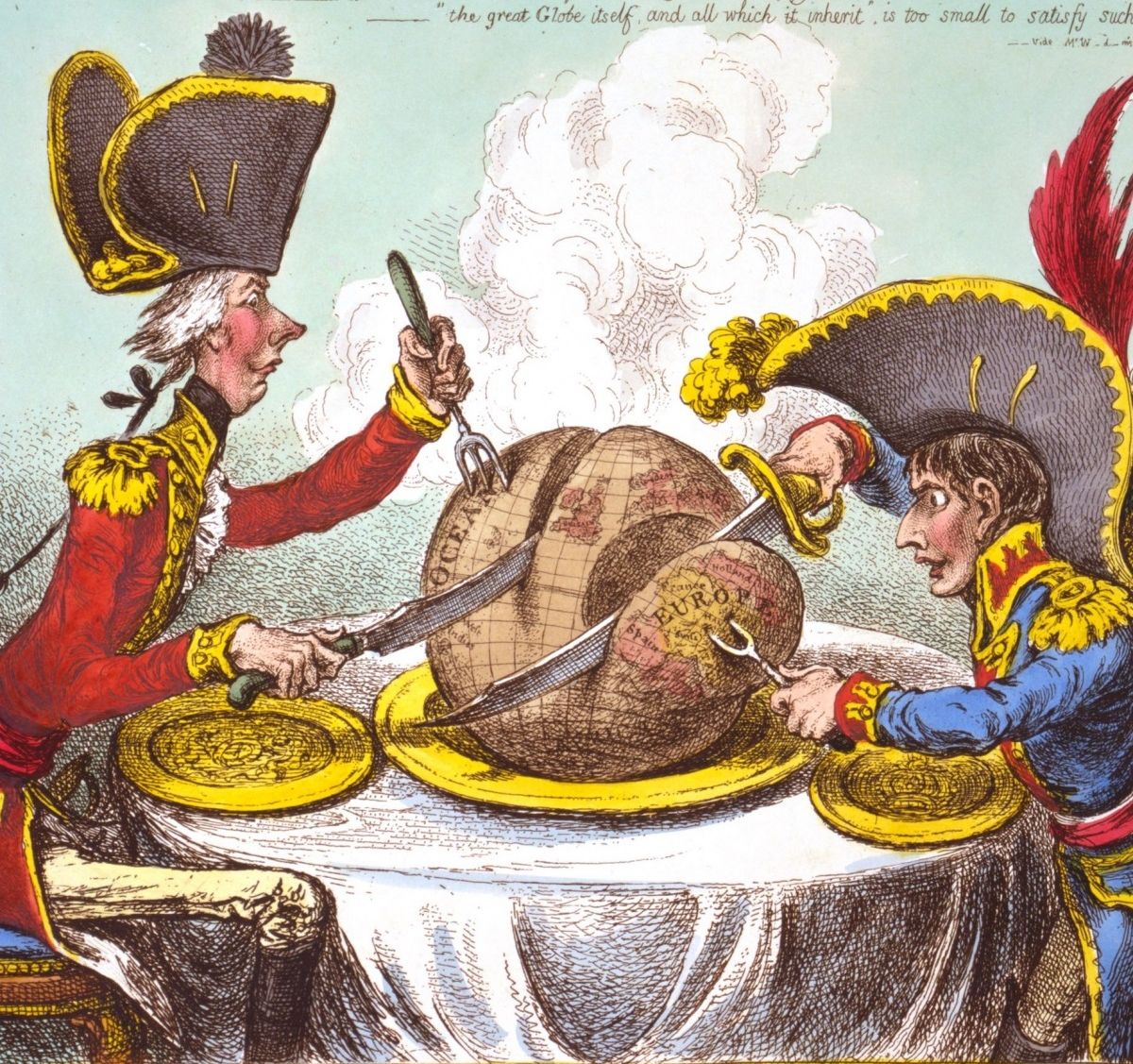Forms of Colonialism and Imperialism

As the practice of imperialism grew, it took on several different forms, none of which really considered the perspectives of the people in the land being fought over.
European nations continued to compete against each other for how much foreign territory they could gain.
As a result, different levels and forms of control developed in different regions around the world.
Three main forms of imperialism that developed were:
- Colonies
- Protectorates
- Spheres of influence

Colonies
A colony is the most direct form of control. In this form of imperialism, a powerful nation installs its own government and maintains direct control over other territories and regions. Often, foreign officials were brought in who reported back to the "mother country." No locals were allowed in government and the people in that territory had no say in the laws, taxes, or policies set forth by the foreign power. This resulted in great suffering by indigenous populations who became "second-class citizens" in their own homeland.
France and Great Britain often used this direct form of control. Great Britain had many colonies throughout history, including the 13 Colonies in North America, as well as in India during the "Raj" period. The colonies provided sources of raw materials and goods that were then shipped to sell in other foreign markets.
Protectorates
A protectorate is when a country is able to govern itself through its own internal government but is still controlled by an outside power. Local government officials were "allowed" to remain in power, but the style of government is based on European structure. There is limited self-rule while the foreign power maintains control of the foreign relations and provides defense to the country it controls. Great Britain established a protectorate over the Niger River region in Africa. Puerto Rico became a U.S. protectorate after the Spanish-American War.
Spheres of Influence
A sphere of influence is when an outside power claims rights and privileges over an area or region. It is usually for trading and investment, but sometimes for military purposes as well. This often occurred in lands that bordered an already existing colony. Spheres of influence were most often established by a treaty. This treaty was usually between two controlling nations who agreed not to interfere with the other’s territory or between a controlling nation and a representative of the territory. This was usually the precursor to the establishment of a colony or protectorate.
After the United States established the "Open Door Policy" in 1899, China was carved up into spheres of influence by outside powers, including the U.S., Great Britain, France, Germany, and Russia.